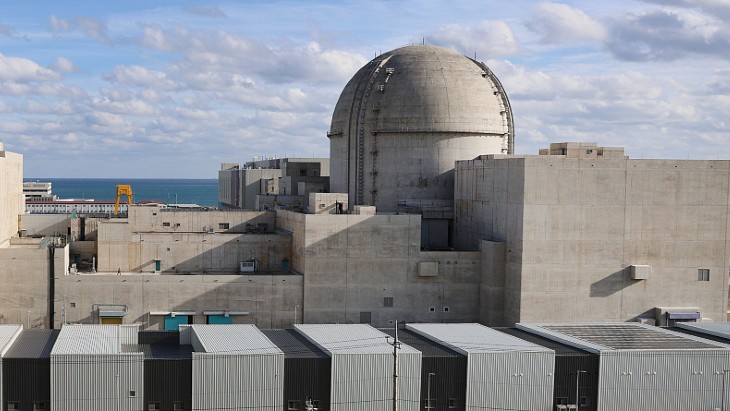The source was first acquired in the 1960s by the Idaho Nuclear Technology and Engineering Center (INTEC) for use in the testing of a prototype instrument to measure the concentration of fissile material in nuclear fuel reprocessing plant streams. It was placed in storage in 1977 and in 1984 sent to the Radioactive Waste Management Complex at INL for disposal.
PNNL had expressed an interest in the source for use in its calibration laboratory. EM INL Site cleanup contractor Fluor Idaho moved the source from the Advanced Mixed Waste Treatment Project at INL to a shielded cell for inspection, characterisation, sizing, and repackaging. The Off-Site Source Recovery Program - a National Nuclear Security Administration-sponsored programme based at the Los Alamos National Laboratory in New Mexico - helped package the source in a special-form capsule for shipment to PNNL, in Washington state.
The source will be used in PNNL's Radiological Exposures and Metrology Laboratory , which specialises in using accredited radiation fields for materials research, instrument testing, and dosimeter proficiency. The source's long half-life will enable a low dose irradiation capability for many decades, EM said.
"PNNL wanted to use the source in their calibration laboratory," said Irene Joo, remote-handled transuranic waste manager for Fluor Idaho. "Shipping it to them saves us the expense of keeping it here for several more years, monitoring it periodically, repackaging it, and shipping it for permanent disposal."

.jpg)



_72306.jpg)


_49562.jpg)





